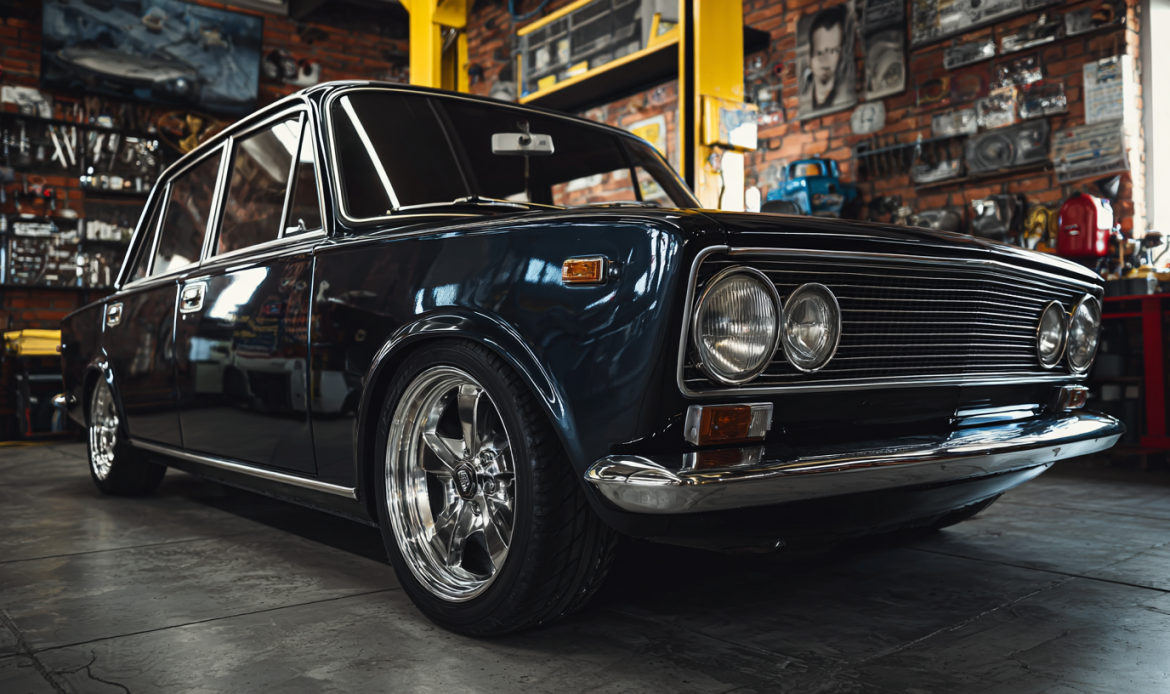Budgeting Tips for Classic Car Restoration

Classic car refurbishment is an exciting yet costly endeavor. Whether you’re restoring a Chevrolet classic car, a Ford Mustang, or another model, having a clear budget is key. In this guide, we’ll cover some handy auto restoration budgeting tips to help you manage costs for your classic car restoration project.
1. Define the Scope of Your Restoration
The first step is to define the scope of your restoration. A full restoration of classic cars, such as Camaro classic cars or Chevrolet classic cars, may involve everything from the engine rebuild to bodywork, paint, and interior restoration. When considering restorable classic cars for sale, assess the condition of the car to determine what needs work. For example, a classic Camaro for sale may need more extensive restoration than a car in better shape. Knowing the scope helps reduce your classic car restoration cost.
2. Account for Parts and Materials Costs
Parts and materials are a significant part of any vehicle restoration. Whether restoring a classic Chevrolet or another vehicle, you’ll need parts like body fillers, replacement panels, and upholstery. Classic car interior restoration costs can vary, depending on how much work is needed. Replacement parts for classic cars can be expensive, so it’s important to allocate funds for high-quality and high-performance parts to preserve your car’s value. Be mindful of shopping for deals on parts to help stay within budget.
3. Full vs. Partial Restoration
A full classic automobile restoration can range from $20,000 to $50,000 or more, depending on the car’s condition and work required. If you’re working with a tight budget, a partial restoration might be a more affordable option. For example, you could focus on restoring just the engine or bodywork. Classic car interior restoration is often less expensive than restoring the entire car. Prioritize the areas that need the most attention to manage costs effectively.
4. Factor in Labor Costs
Labor costs can add up quickly in any restoration project. Professional restoration shops typically charge $50 to $150 per hour, depending on the complexity of the work. Whether you’re restoring a classic Camaro or another type of classic car, labor is a major expense. Some tasks, like engine rebuilds, bodywork, and painting, are best left to professionals. However, tasks like sanding or removing parts can be done yourself to reduce costs. Factor in labor costs as a key part of your budget.
5. Plan for Unexpected Costs
Unexpected costs are common during car restoration. As you begin the process, you may uncover hidden rust, faulty parts, or other issues that weren’t apparent initially. When restoring classic cars, it’s important to set aside 10-20% of your budget for these unforeseen expenses. Whether you’re restoring a classic Camaro for sale or a more common model, surprises can drive up costs. Planning for unexpected costs helps keep your project on track.
6. Financing Your Restoration
If you don’t have the full amount upfront, consider financing your restoration. Classic car restoration loans are a great option to spread out the costs over time. These loans typically offer lower interest rates than credit cards, making them a more affordable choice. If you’re restoring a classic car or a high-value collector car, financing options can help you manage the costs of parts and labor. Be sure to compare financing offers to find the best deal.
7. Choose the Right Classic Car to Restore
The car you choose to restore will play a significant role in your budget. Some classic vehicles, like the Ford Mustang or classic Chevrolet cars, may be more expensive to restore but could offer a higher return on investment once completed. On the other hand, affordable classic cars may require less work and have more readily available parts. When looking at restorable classic cars for sale, consider how much work is needed and whether it fits your budget, to determine what the best classic cars to restore are for you.
8. Track Your Spending
Tracking your spending is essential throughout the restoration process. From restoration parts for classic cars to labor costs, keep a record of every expense. Regularly reviewing your spending will help you stay within your budget and avoid overspending. Whether you’re restoring a classic Camaro or any other vehicle, monitoring your costs ensures that you’re staying on track. Keeping detailed records also helps you make adjustments if unexpected expenses arise.
Conclusion
Restoring a classic car is a rewarding project, but it requires careful planning and budgeting. Whether you’re restoring a classic Camaro, a Ford Mustang, or another model, having a clear understanding of the costs involved is essential. From defining the scope of your restoration to planning for parts, labor, and unexpected expenses, careful budgeting ensures that your project stays on track. Be sure to track your spending and consider financing options if necessary. With the right approach, your classic car restoration will be a success.
Interested in starting your next classic car restoration project? Find a wide range of vehicle available on AutoBidMaster!
- New York Auction Bidding Explained - December 12, 2025
- Vote for the 2025 AutoBidMaster Rebuild Challenge People’s Choice - December 8, 2025
- Why a Used Nissan Altima Still Delivers Great Value - December 5, 2025